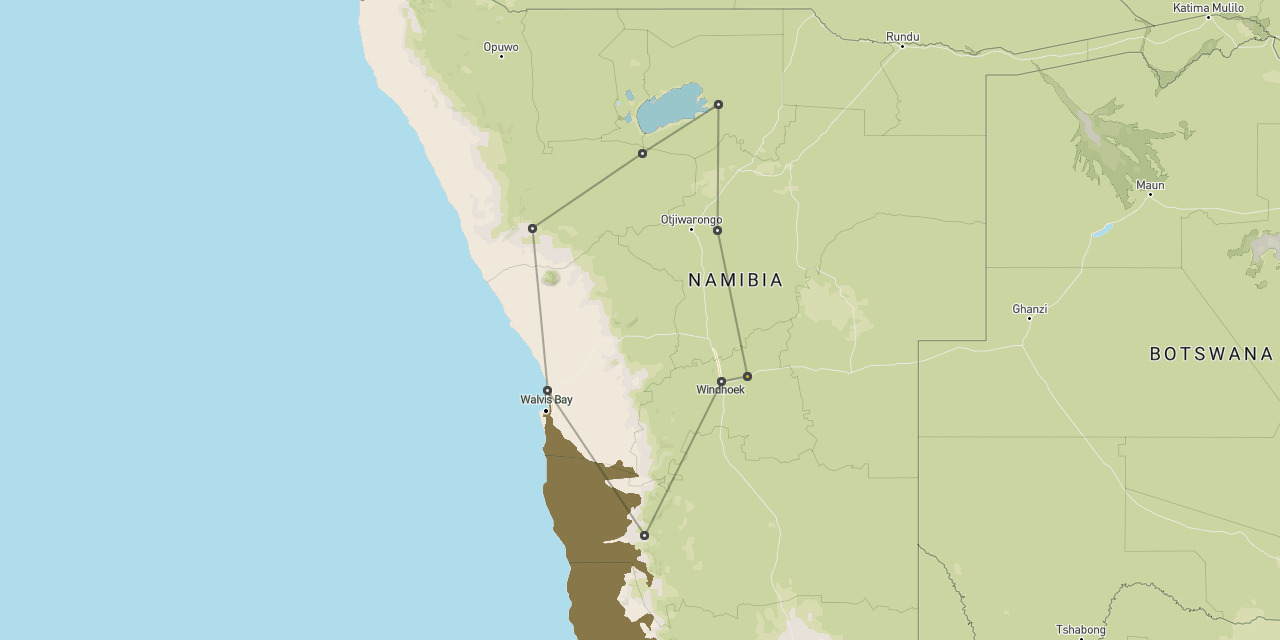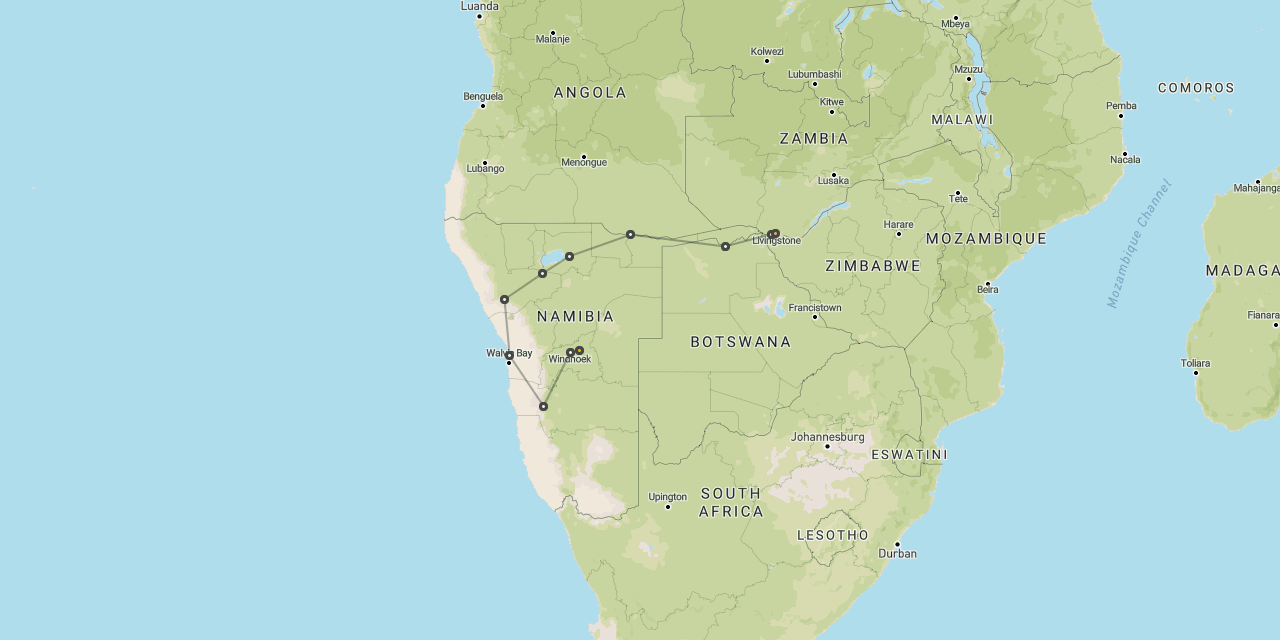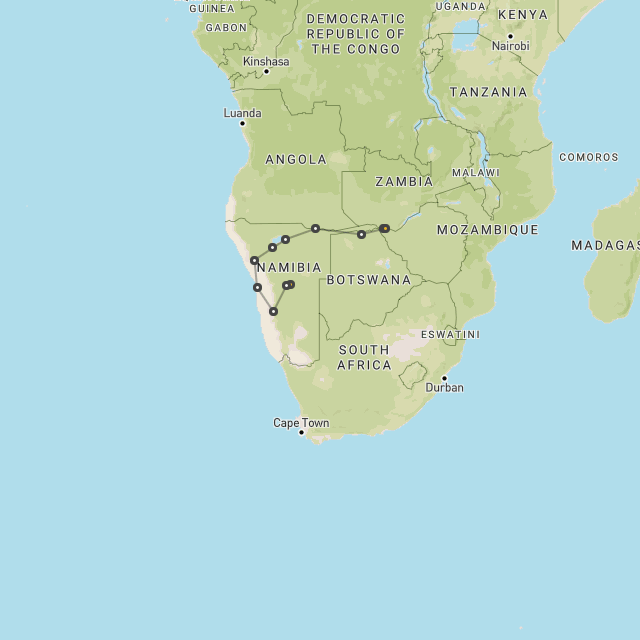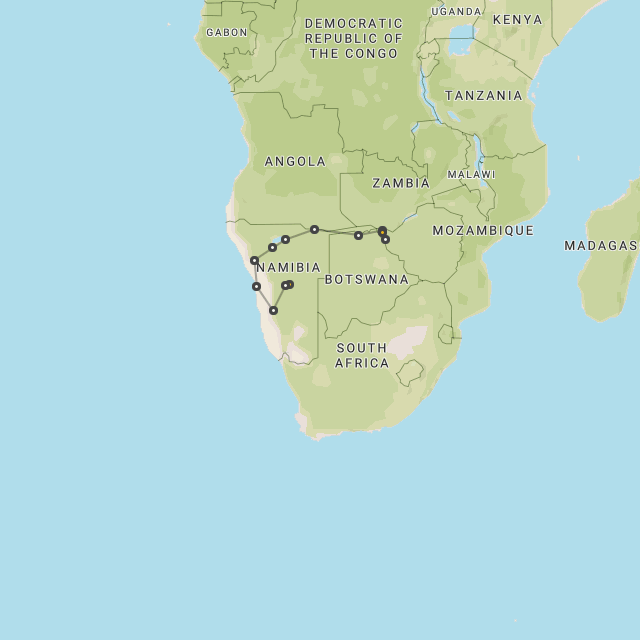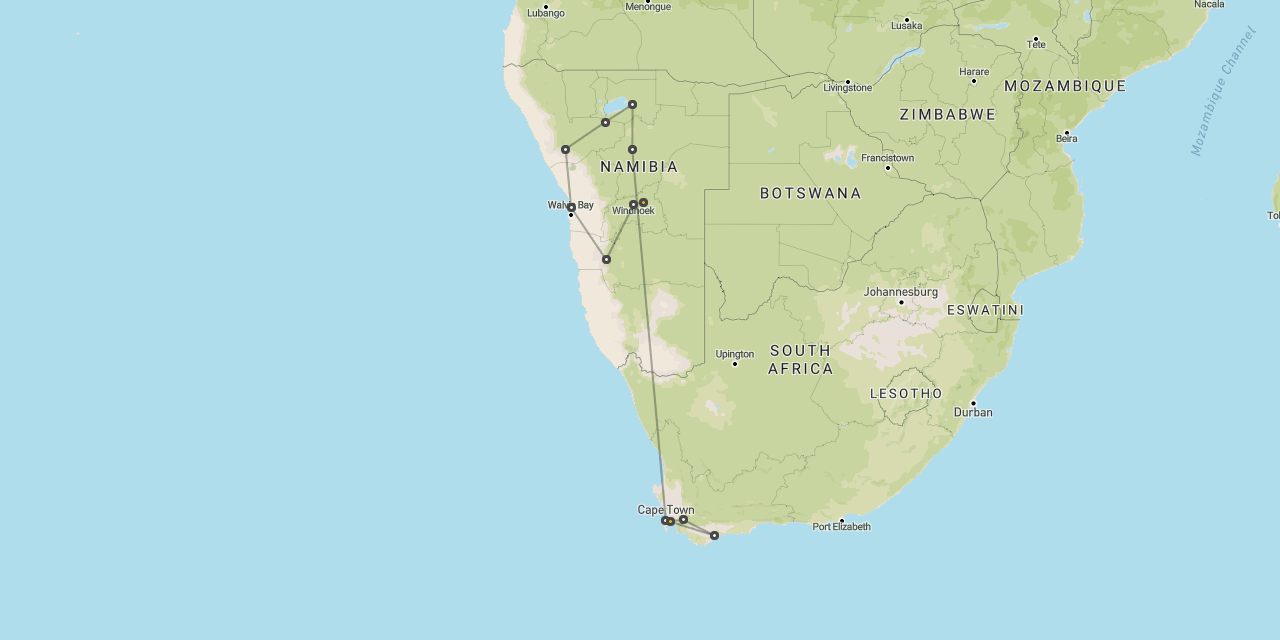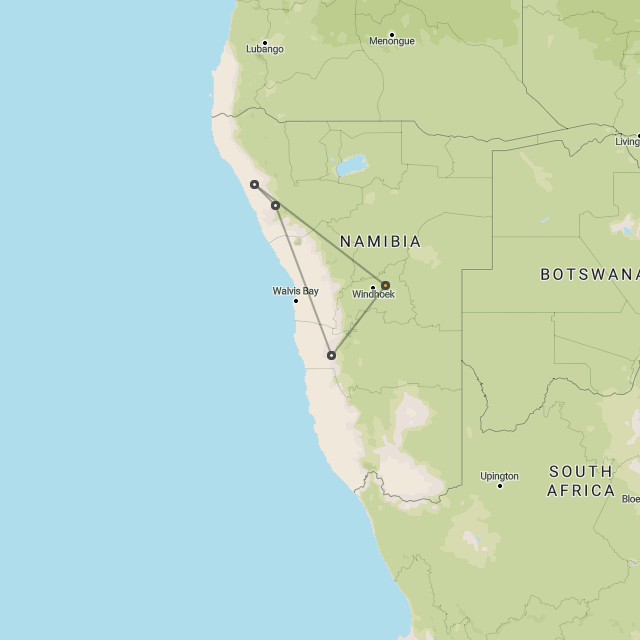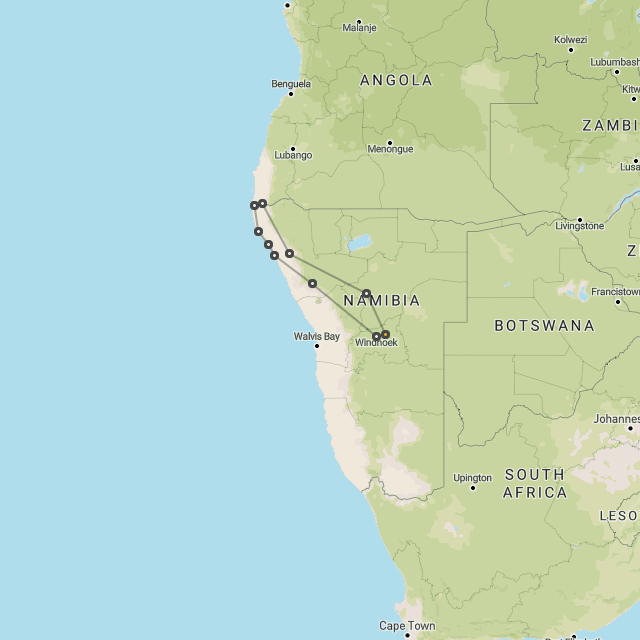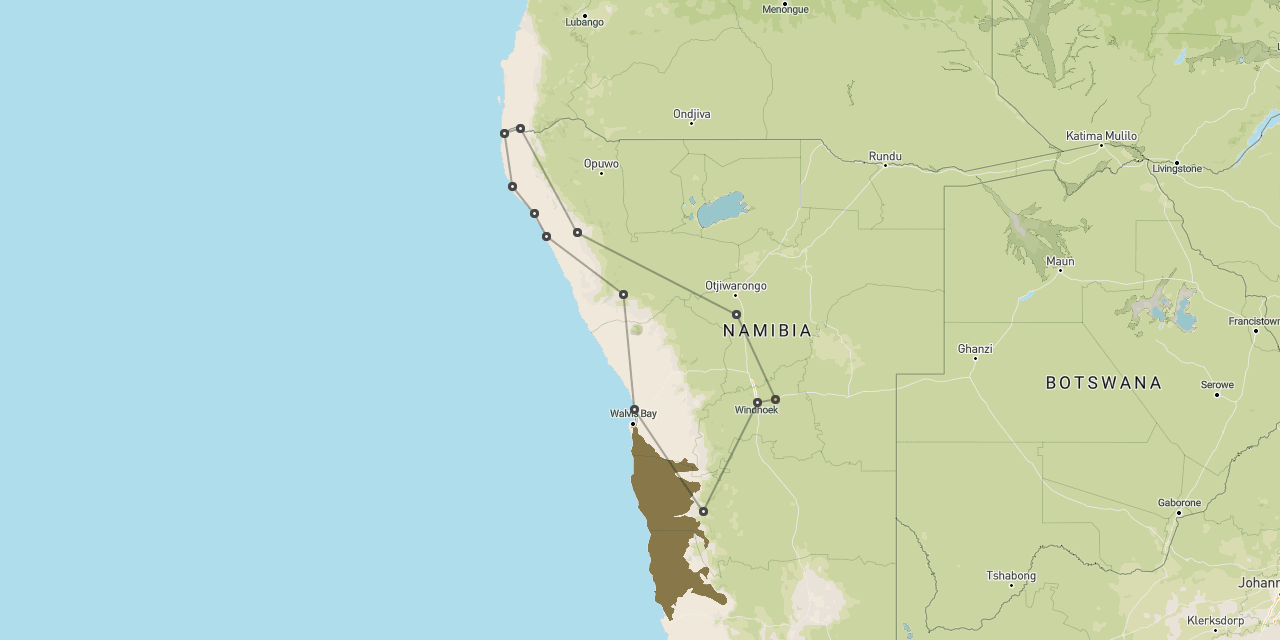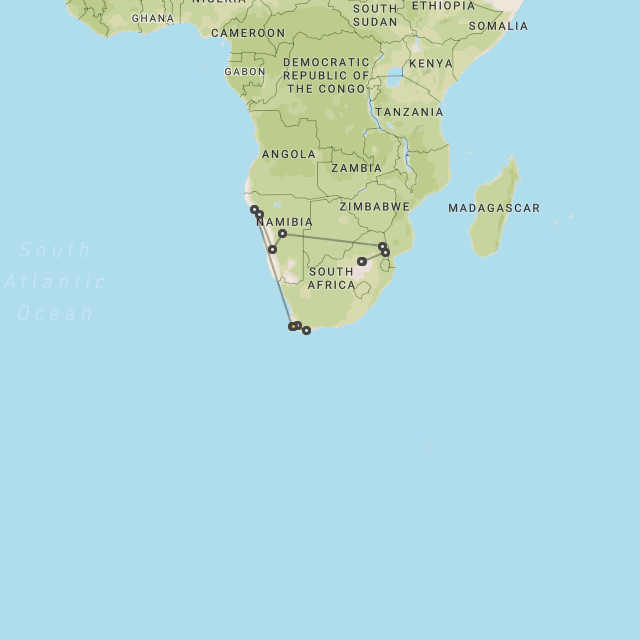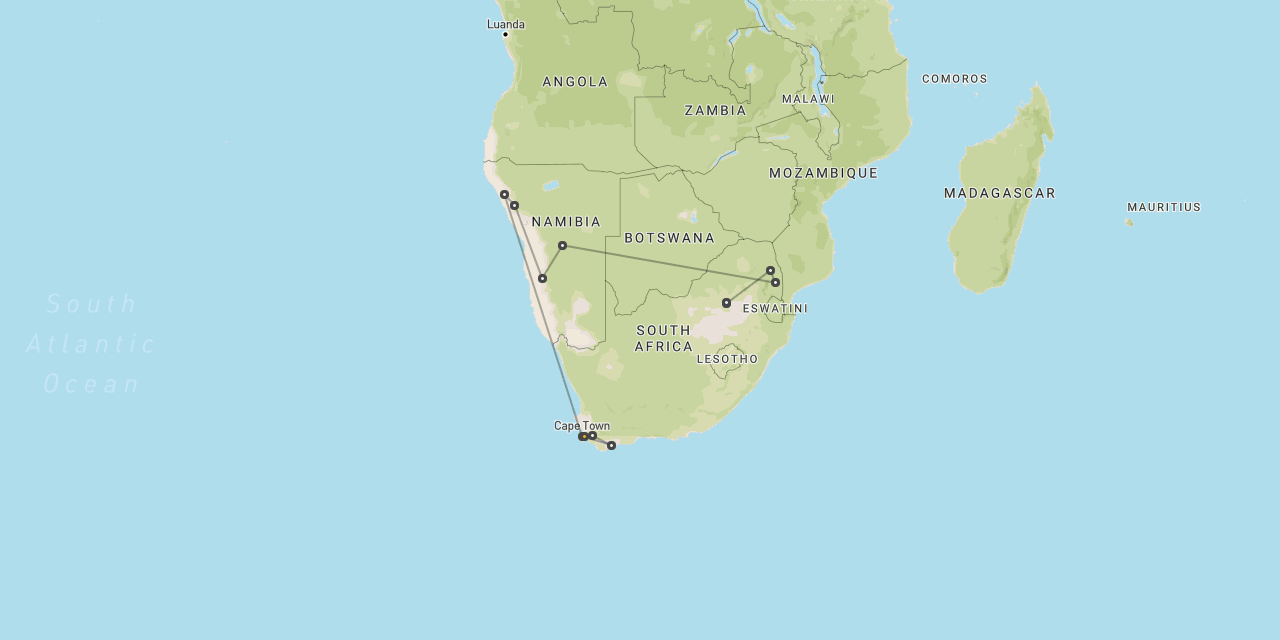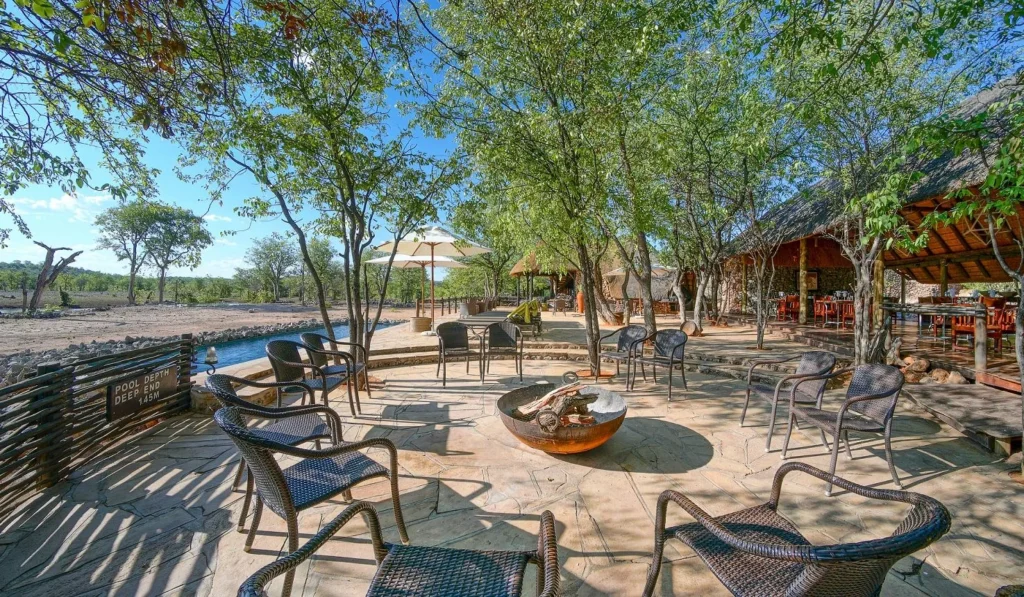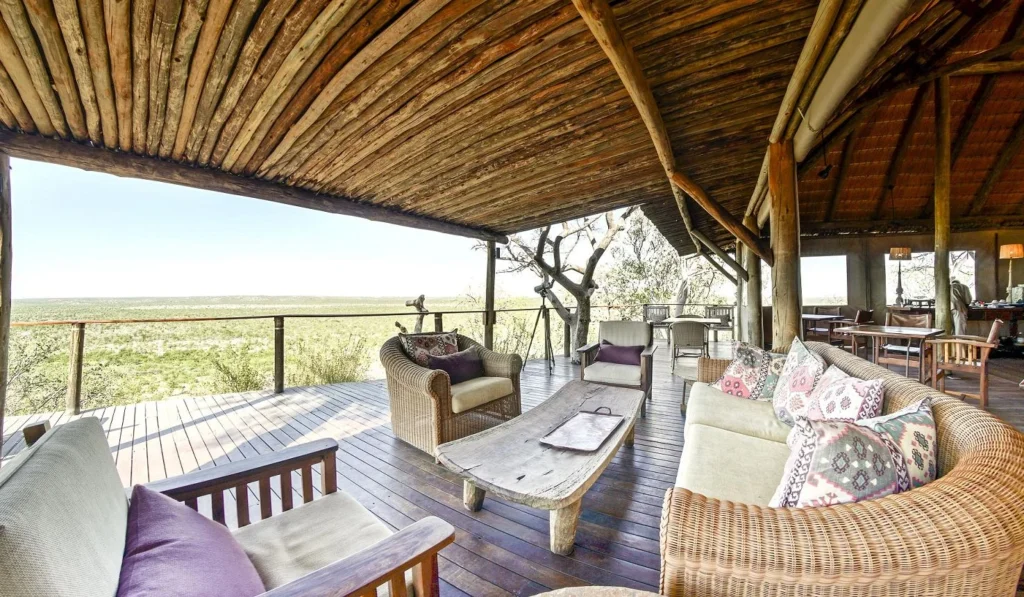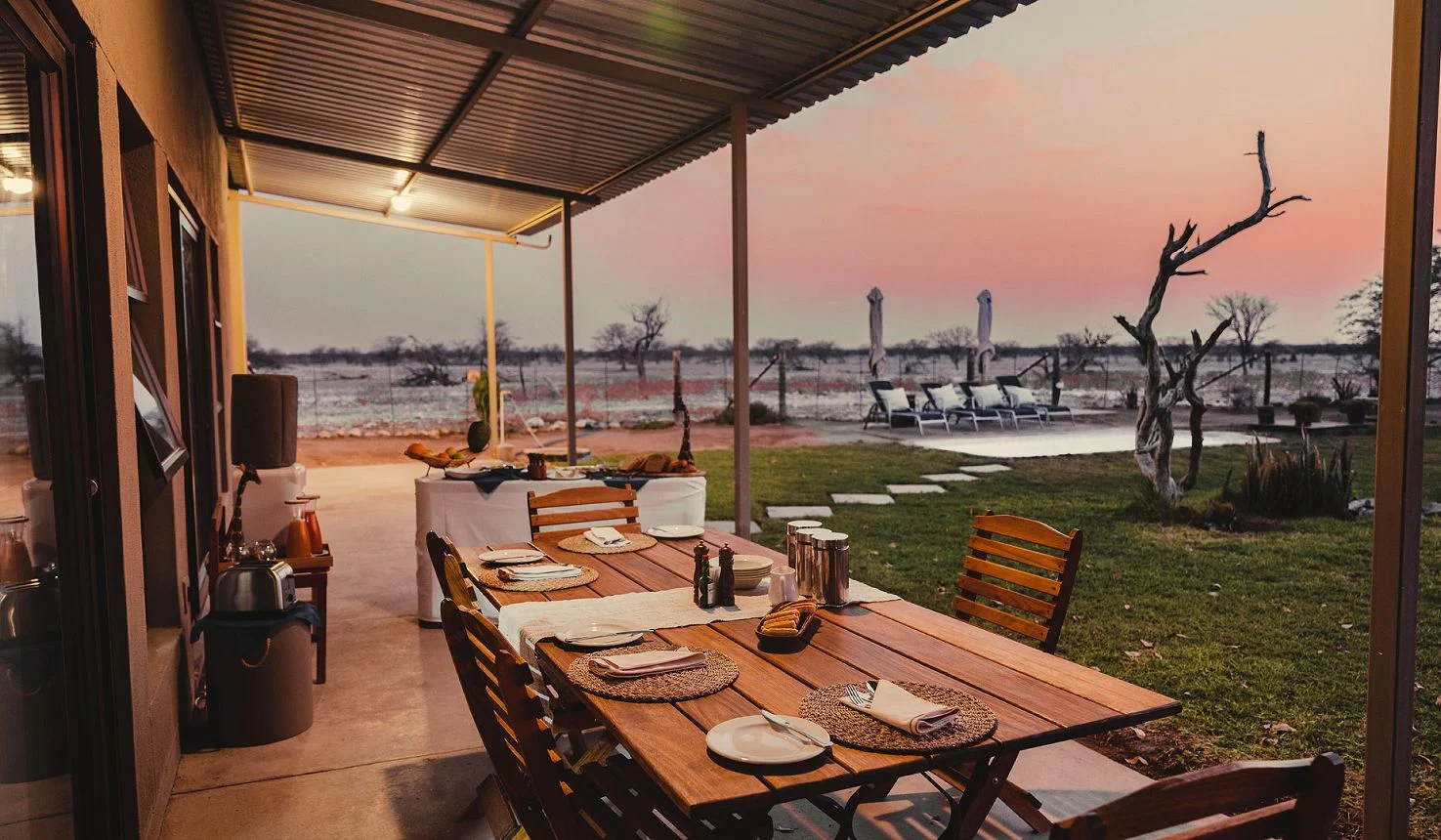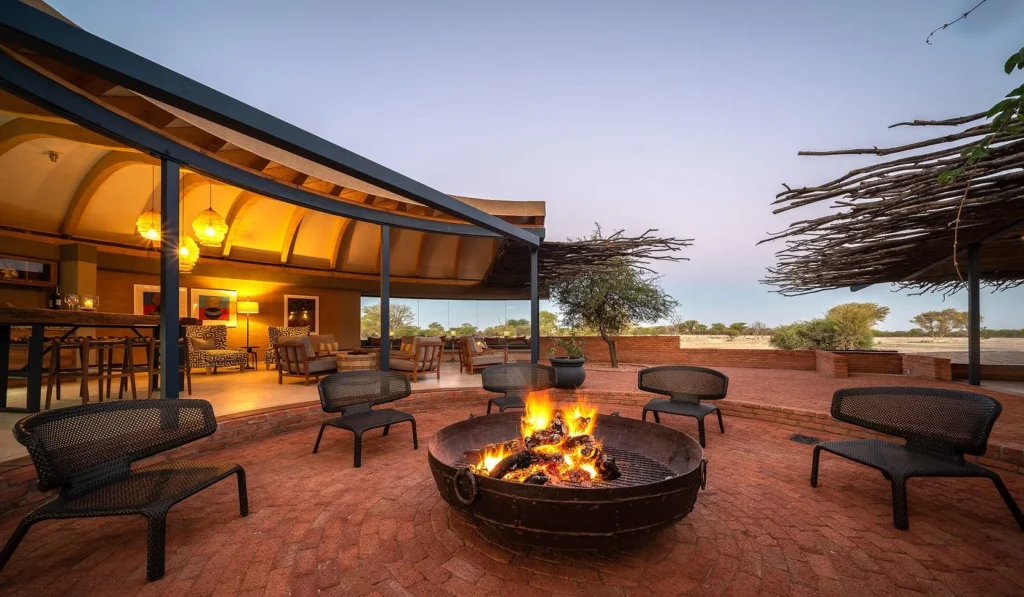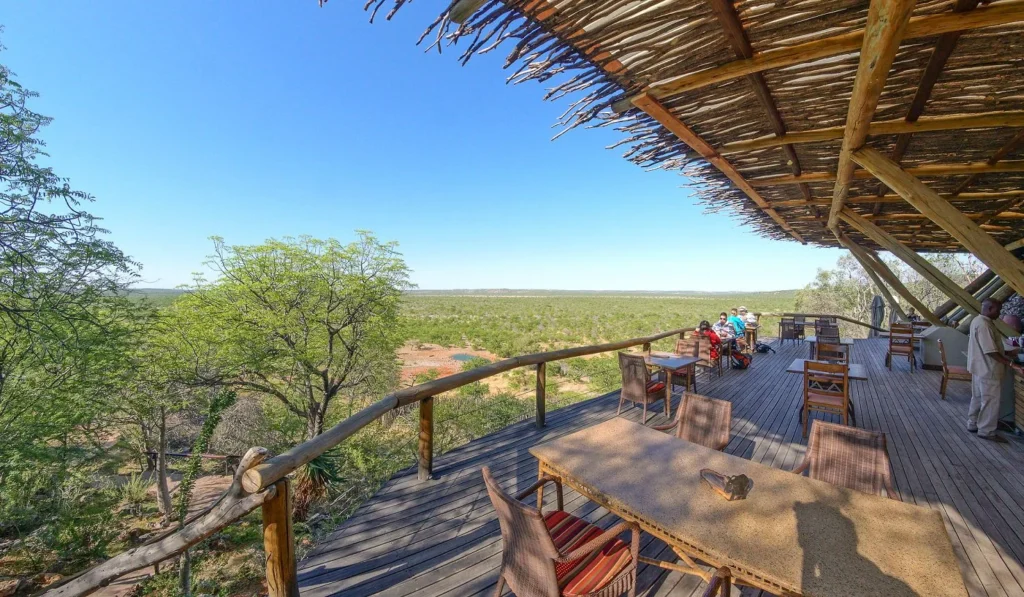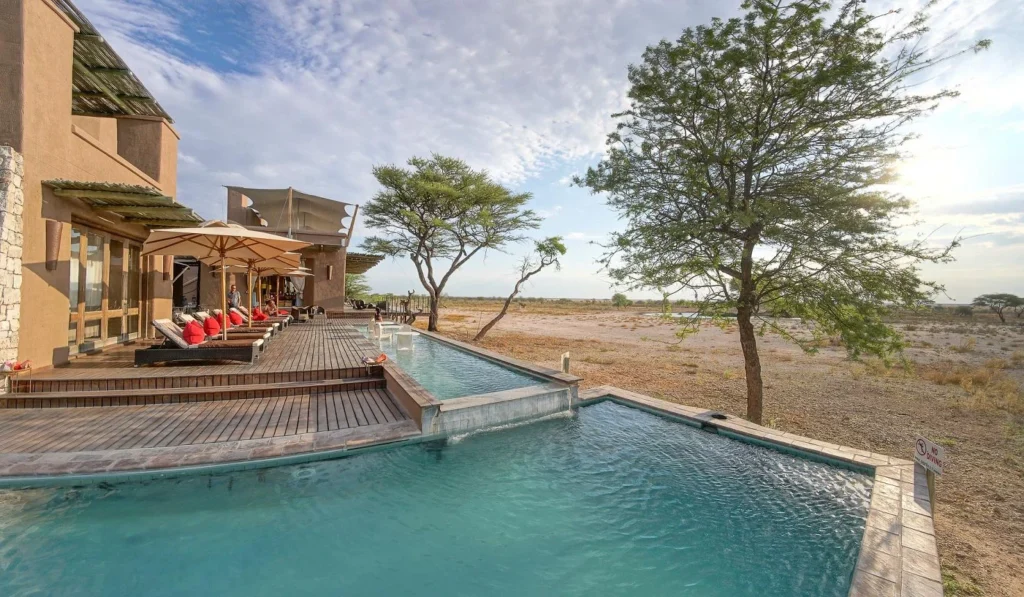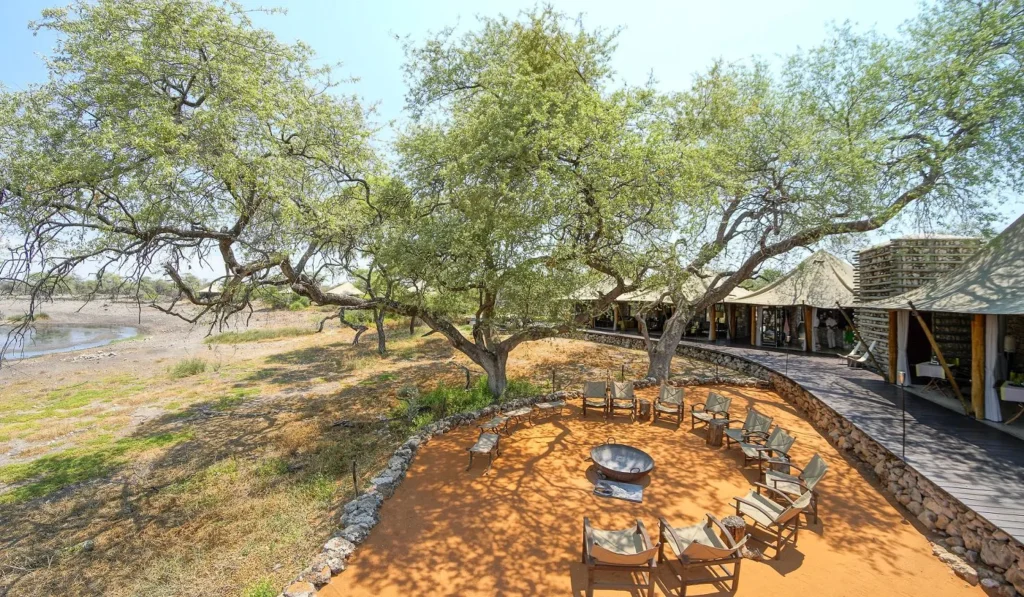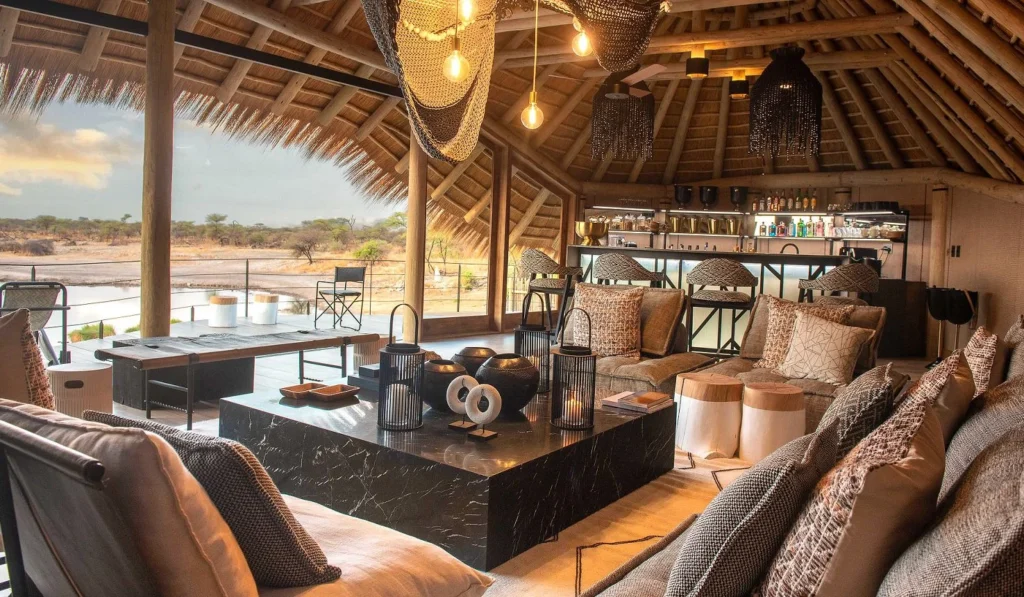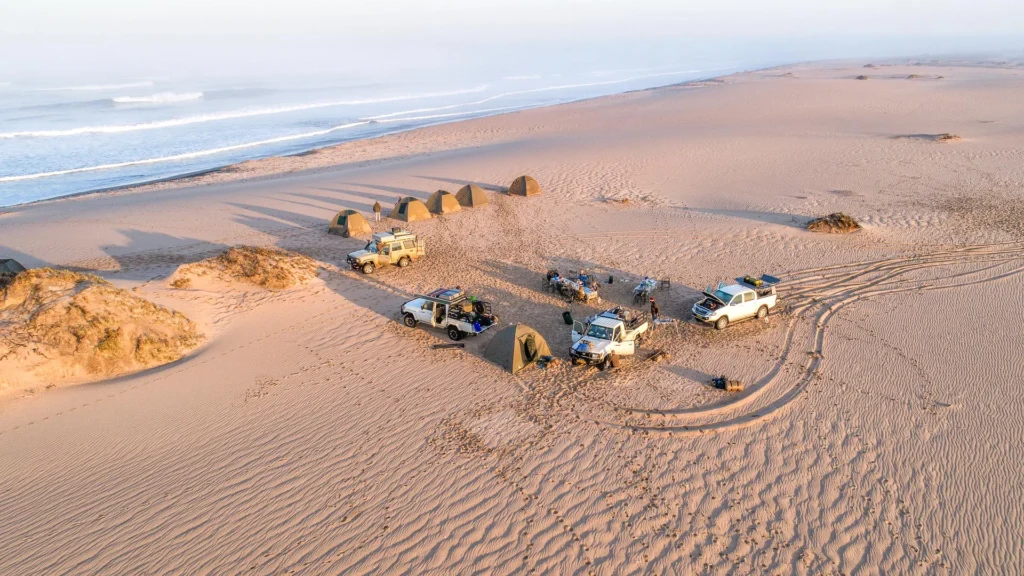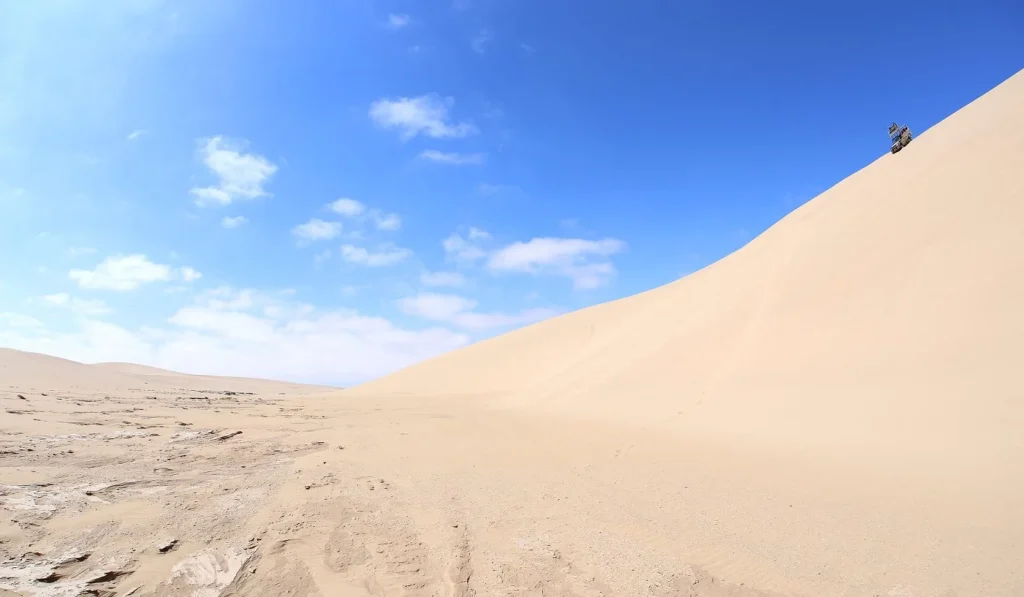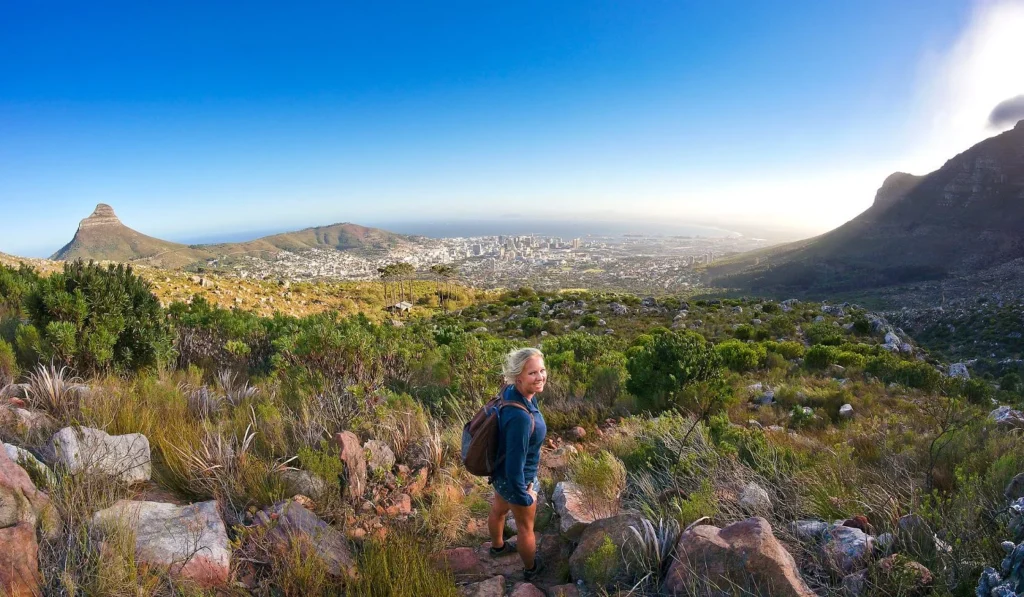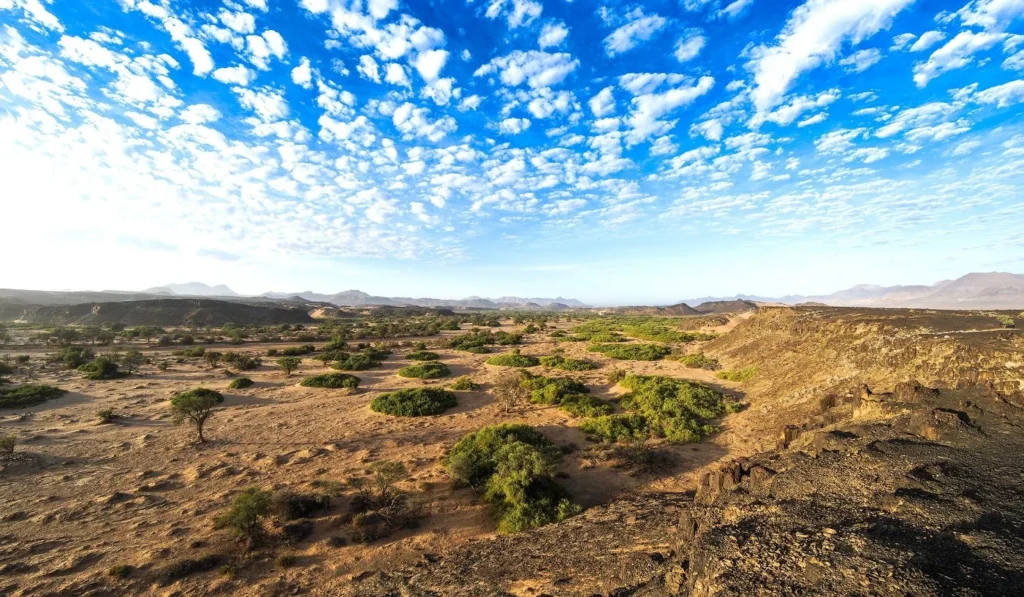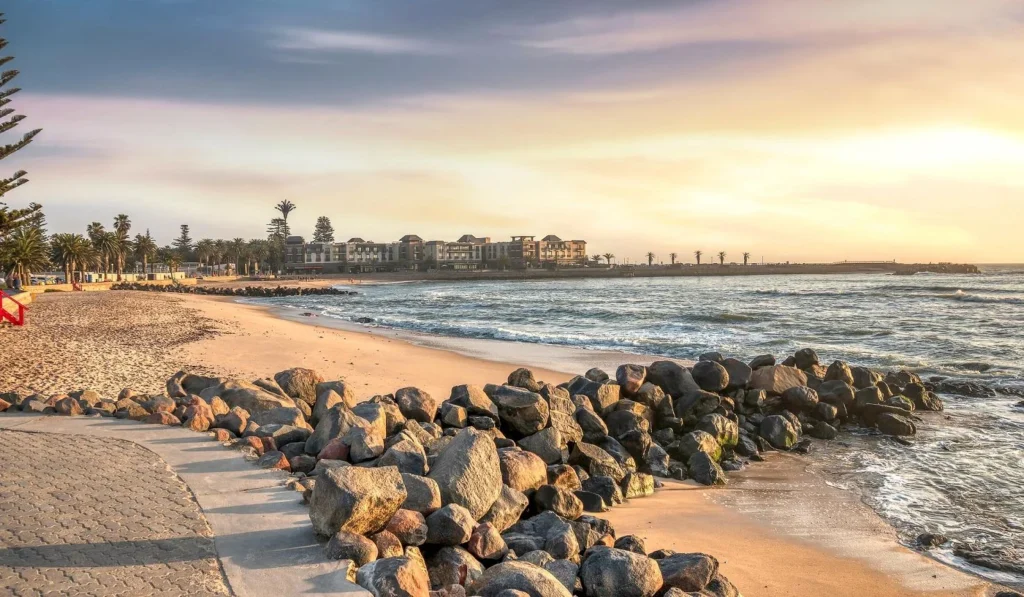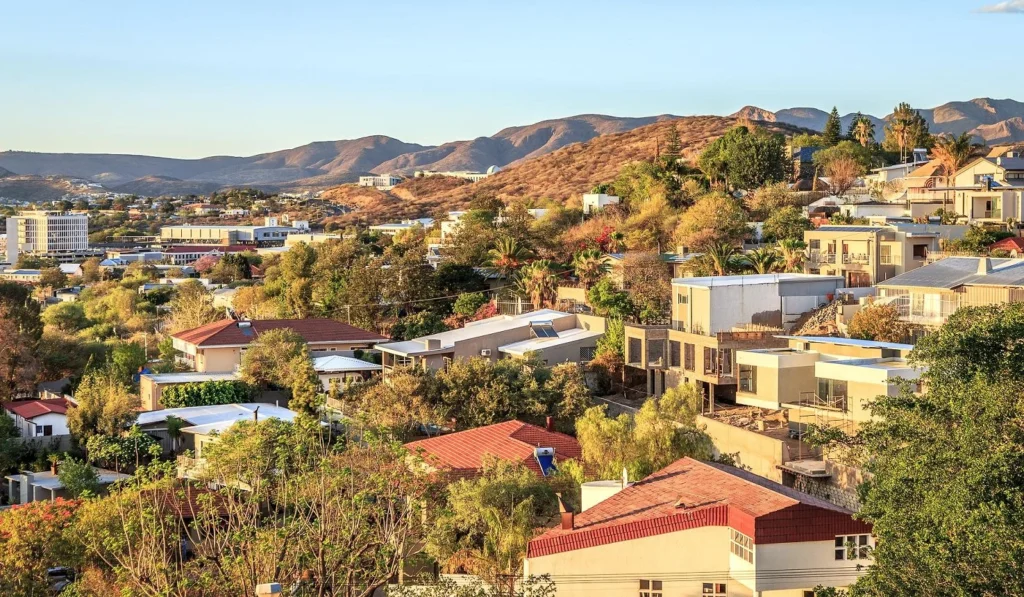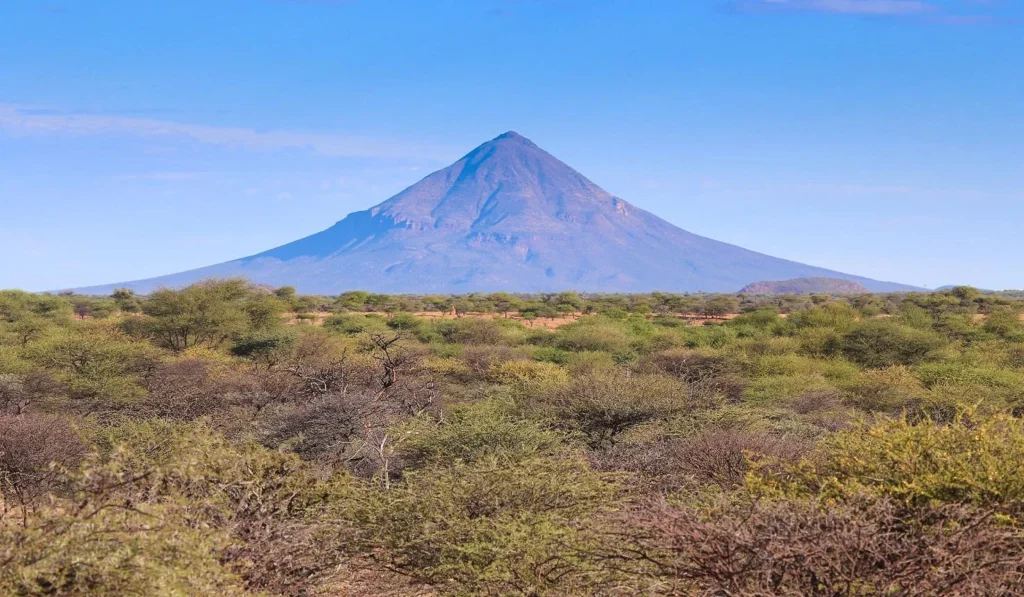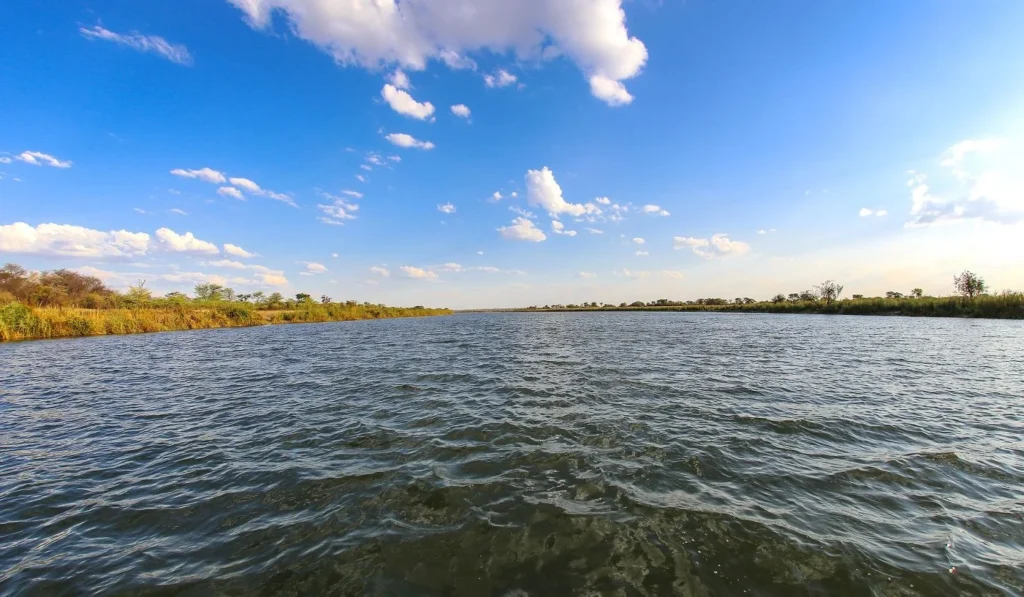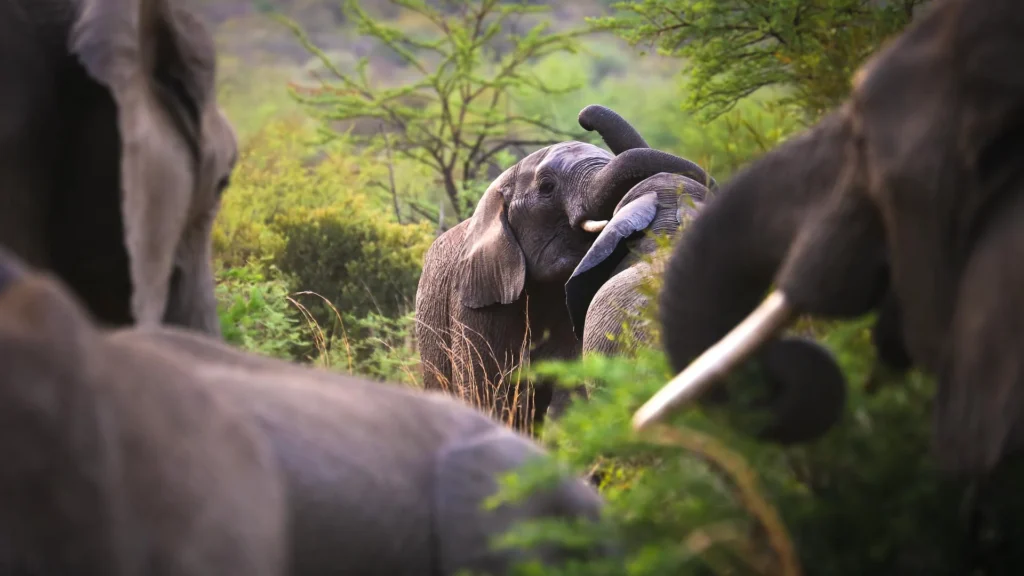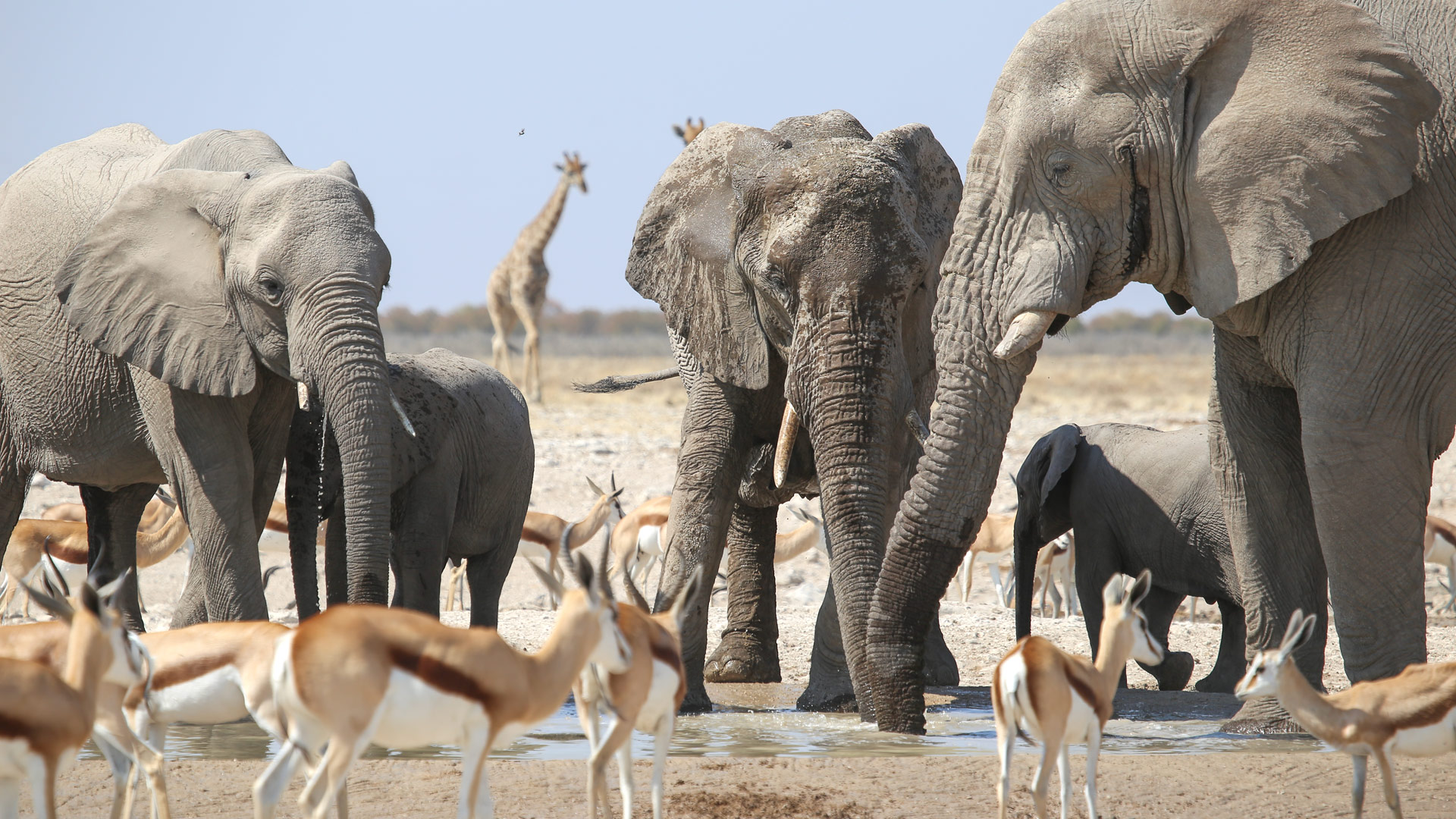
Safari to Etosha
Etosha
is the most disappointing
wildlife reserve in Africa
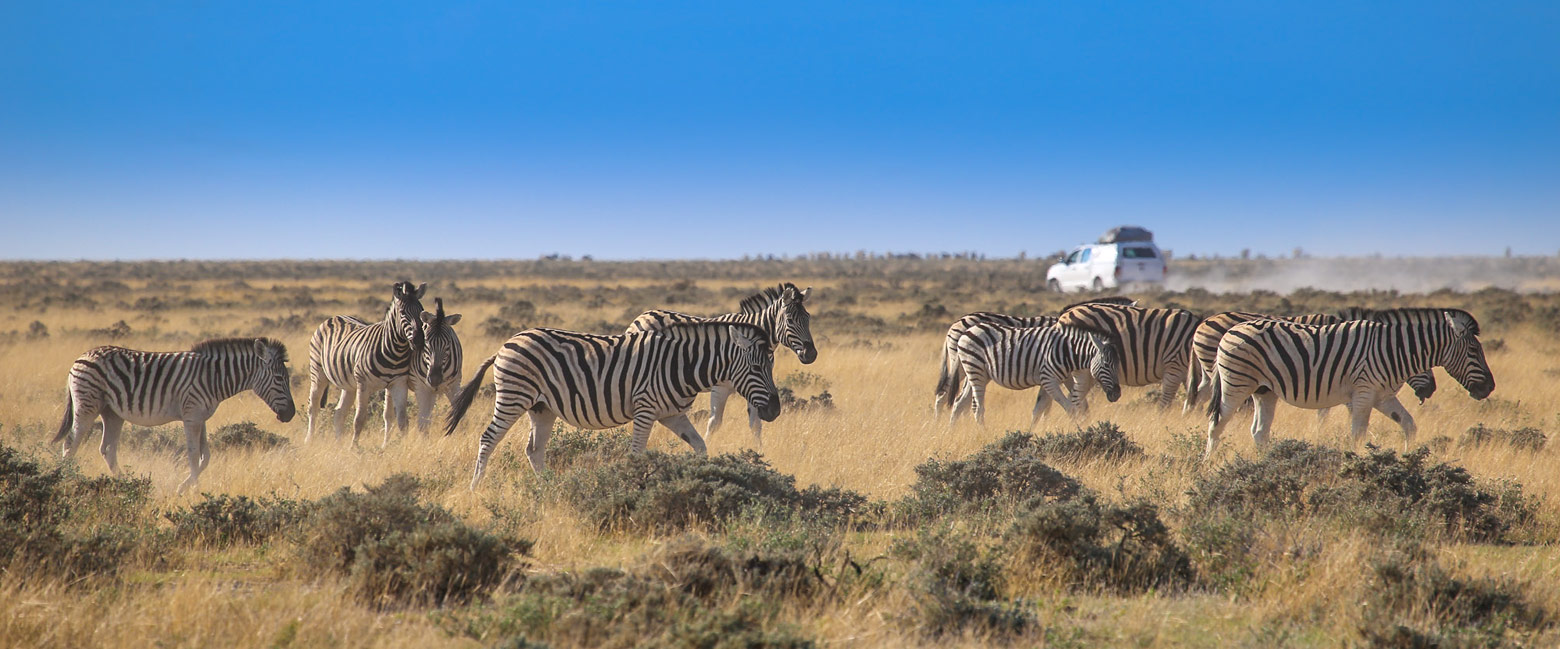
private reserves inject quality into a visit
At 22,270 square kilometres, Etosha National Park is an enormous and well known wildlife reserve.
It is a huge expanse of sweeping grasslands and stark white evaporation pans, where large numbers of animals are sustained by a network of natural springs and waterholes.
Etosha is one of the few locations in Namibia where you are likely to see the volume and range of wildlife that would normally be associated with a conventional savanna safari.
The photography around these waterholes during the Jun-Nov dry season can be truly extraordinary, rarely can you expect to capture such a range and diversity of large mammals in a single image.
But safari in Etosha is less than pure, this is not a wilderness experience by any stretch of the imagination. The park suffers from extremely poor park management and a badly planned road network which focuses vehicle traffic and causes hideous snarl ups, largely around the waterholes.
A visit to Etosha definitely comes with a big quality warning. However, if you do manage to arrive with suitably lowered expectations, then you may well end up being pleasantly surprised.
There are still ways to do the area, especially if you manage to base yourself in one of the private reserves around the periphery and raid into central areas.
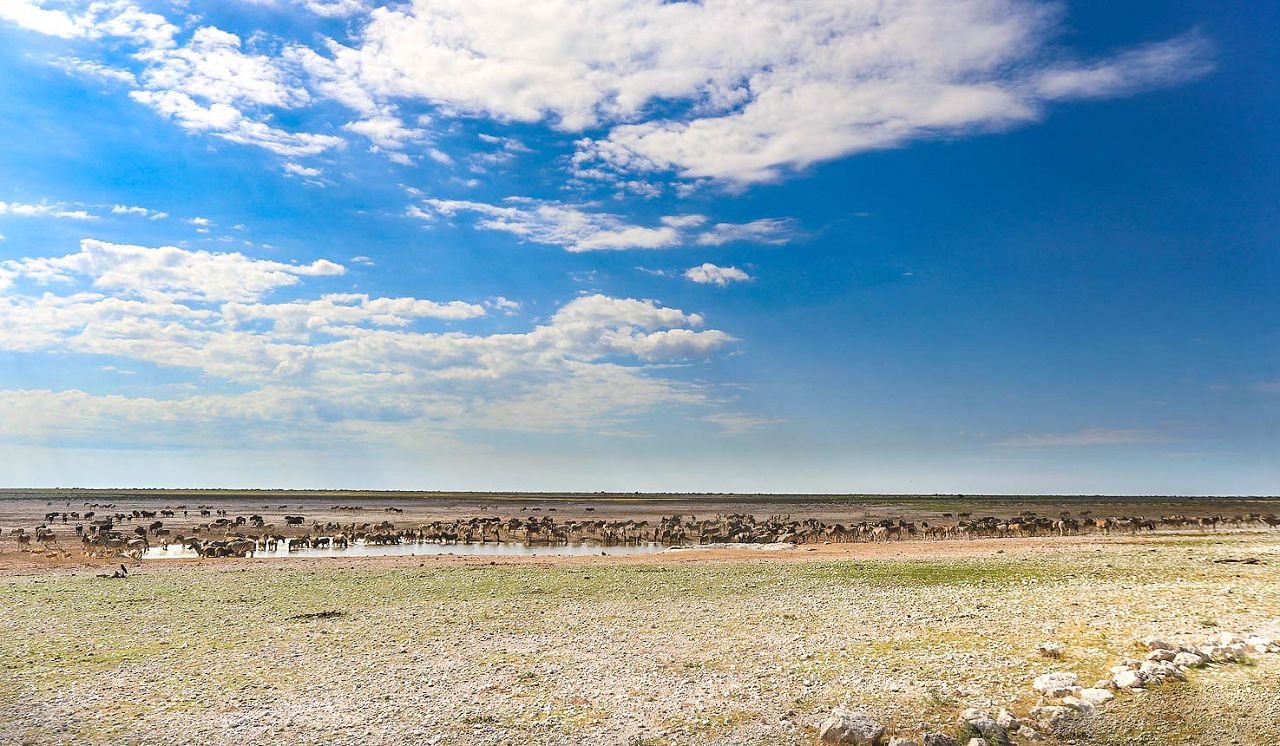
Gallery
Map
Etosha is a very well known reserve and, despite its obvious drawbacks, it tends to feature in a very high proportion of trips to Namibia.
The usual stay duration is 1-3 nights in one lodge or 3-5 nights split between two lodges on different sides of the reserve.
Seasonality
The best time to visit Etosha is generally considered to be the long Apr-Dec dry season, when the wildlife should be intensely clustered around the core waterholes.
Getting around
There are three main ways to get around Namibia and visit Etosha …
Self-drive
The first option is to self-drive, which is reasonably safe and easy to do. The upside is that it is by far the lowest cost way to get around. The downside is that, for safety reasons, you are obliged to stick to a relatively limited network of main roads locations.
The Etosha area is mainly visited by self-drivers, the roads are large and very easily navigated.
Flying safari
The second option is to travel around by light aircraft. This is both a great deal easier and enables you to access some wonderfully remote locations. The downside is that it’s much more expensive, as much as three times the price of self-drive.
The better private reserve lodges in Etosha are also quite well patronised by guests on flying safaris. However we believe that the area is fundamentally unable to deliver an experience of sufficient quality to feature in this level of trip.
Guided overland expedition
The third option is guided overland safari, which enables you to really explore the truly wild and wonderful parts of the country. The downsides are that this can be quite an arduous way to travel and can become quite costly.
Etosha very rarely features in guided overland trips. It’s quite hard to find a self-respecting private guide who doesn’t despise the place, to be honest.
Combinations
Many of the very best trips to Namibia combine two or three of these ways of travelling around.
overrun by self-drivers
let us know your thoughts about Namibia
and we will make sure to deliver the perfect safari
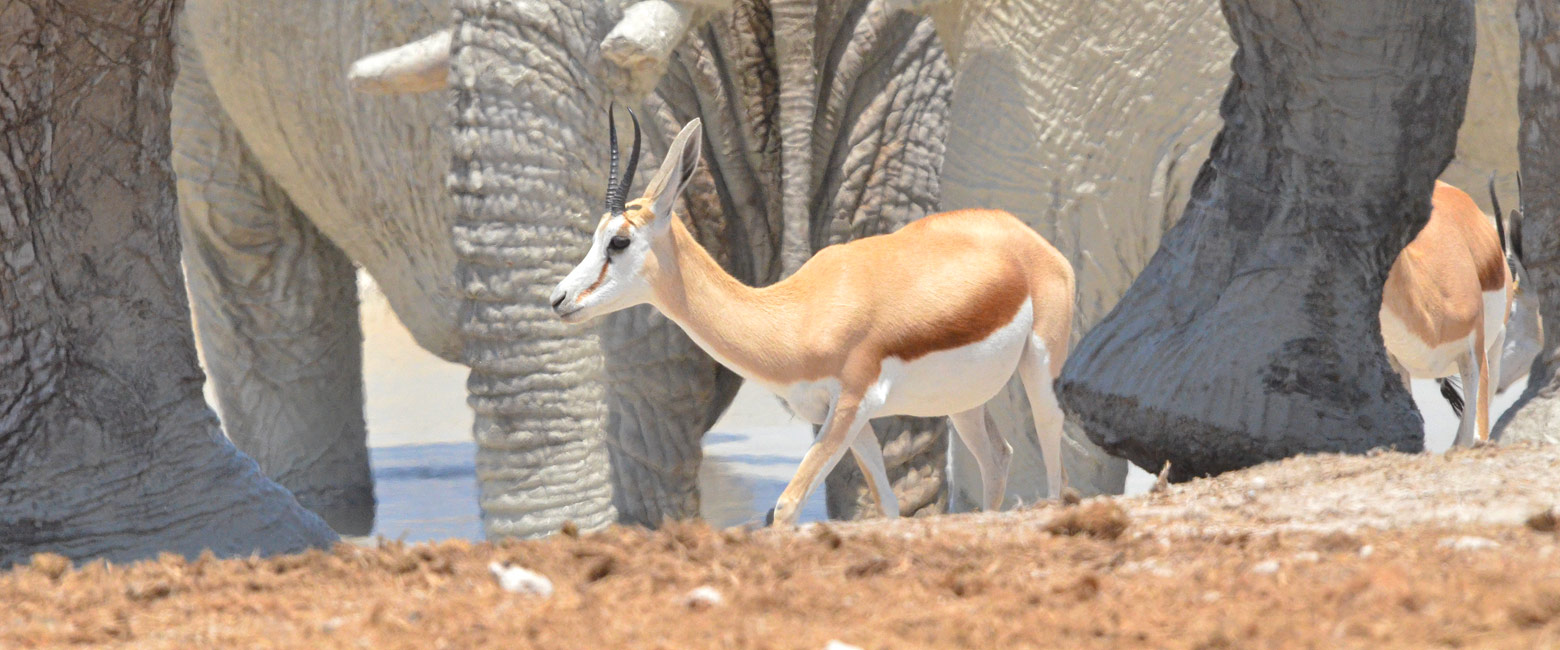
Extraordinary tailor-made adventures,
from earthy and edgy to easy and extravagant
From around USD 2500 per person, you set the ceiling
Sample Trips
Here are some of our popular trip shapes
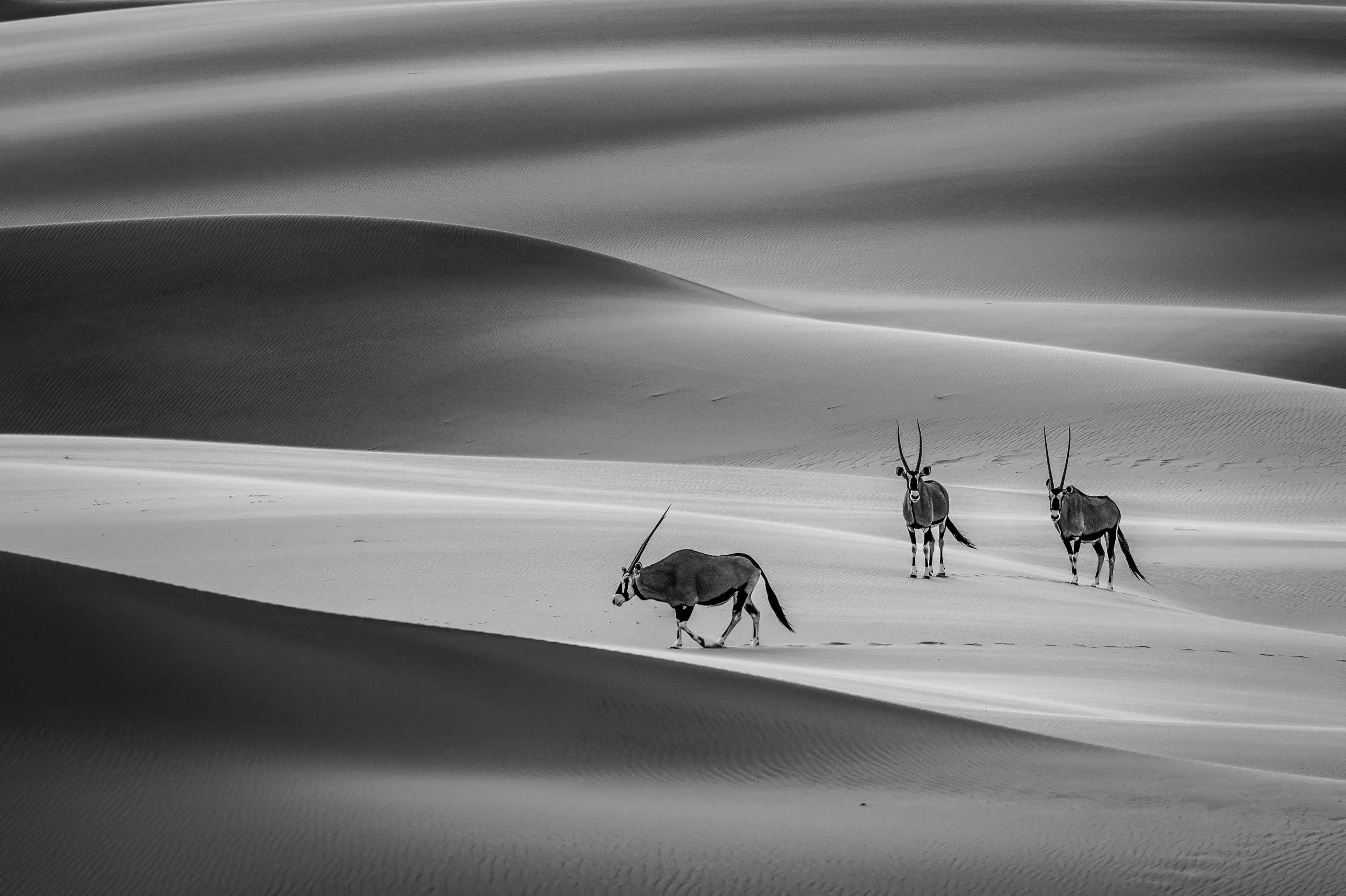
Get started on your trip
It’s never too soon to get in touch, we are here to help with every stage of your planning.
Best Lodges
We regularly inspect and photograph all of the the best lodges, to ensure that we always recommend the most suitable options
Key Locations
Take a look around related locations. Click ‘View more’ to explore locations further afield.











